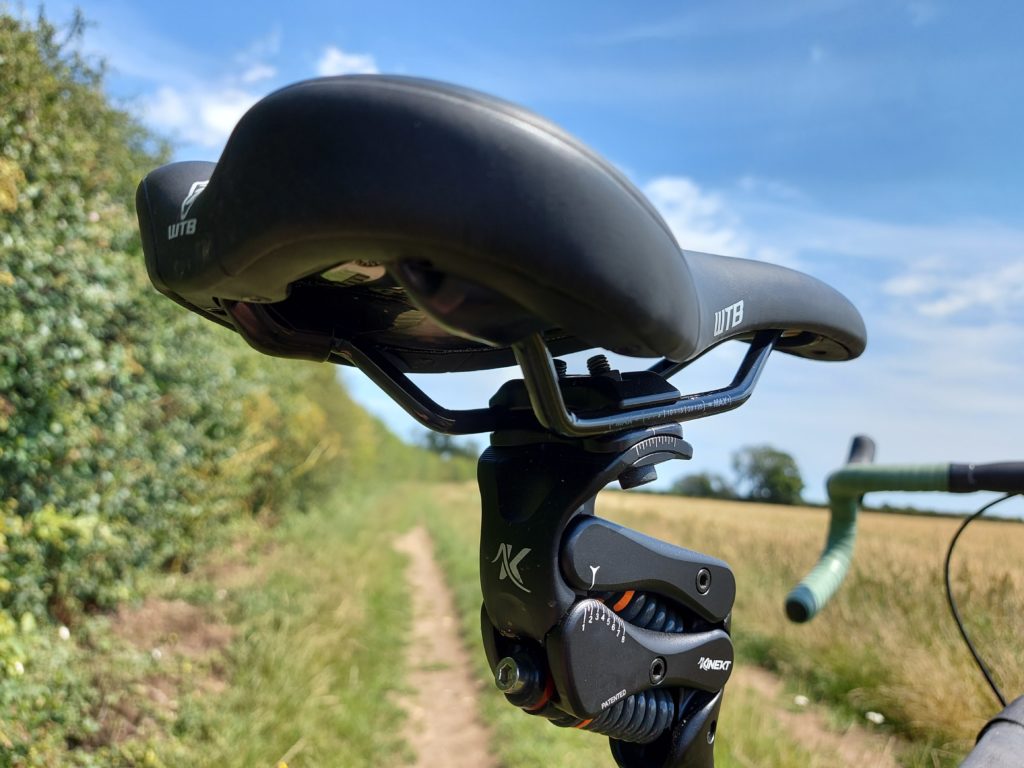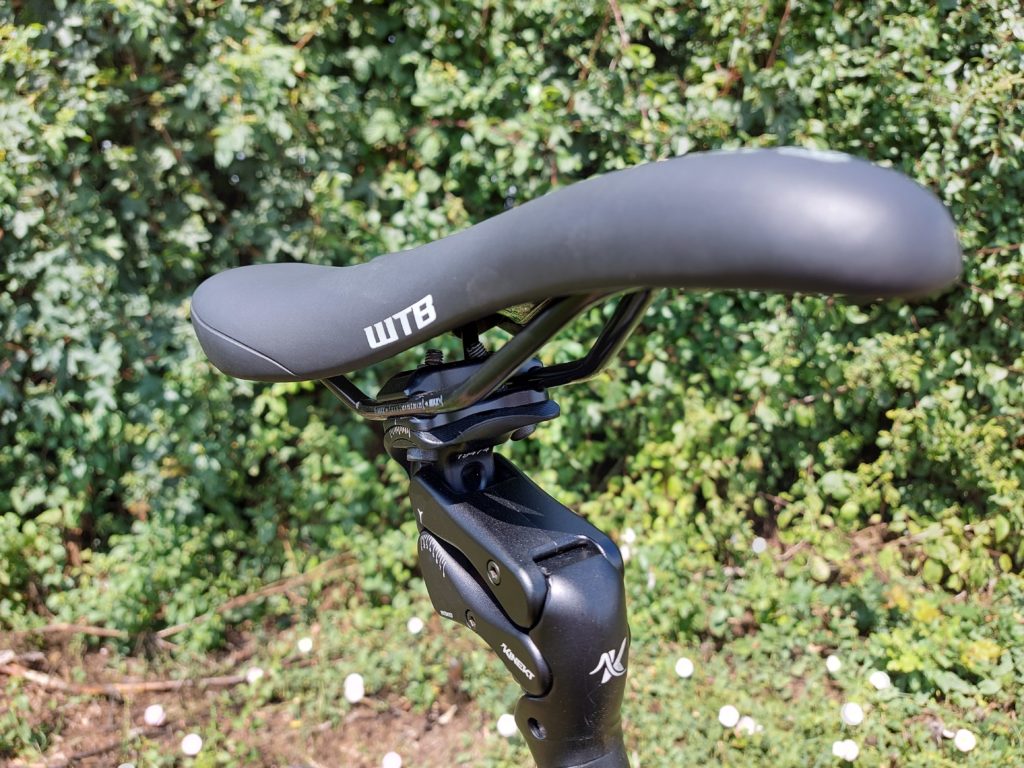It’s rare that a rider, of any genre of cycling, hasn’t at some point suffered the proverbial pain in the arse. If switching saddles, bib shorts or tyre pressures haven’t helped, perhaps a suspension seat post could do the trick? Suspension seat posts have been doing the rounds for years and with varied success. By the mid-noughties, ever evolving and maturing rear suspension frames and fatter low pressure tyres seemed the final nail in their coffin. So for gravel riding, while rear suspension is still a rarity long days in the saddle are not. Could this lead to a resurgence in bouncy seatposts?
Cirrus Cycles Kinekt: Design & Construction
It’s worth noting that Cirrus Cycles do not refer to the Kinekt as a suspension seatpost. Instead they call it an an isolation system as it is undamped. I think most riders however would consider it a suspension post so I’m sticking with that term! Suspension seatposts generally fall into two basic designs, those that resemble a suspension fork leg or dropper post, and those that use a pivoting parallelogram.
The Kinekt is of the latter style and uses a pair of coil springs and elastomer washers to suspend the rider. There are four different sets of springs to allow for different rider weights between 46 and 145kg . Depending on how deep your pockets are, the Kinekt can be had with either alloy or carbon posts. Ours is the alloy version in 27.2 diameter and 350mm in length and weighs in at just over 500 gms. Depending on the standard post you’re replacing, it’s likely you’re adding 250g in weight to your bike. By its very nature the Kinekt is a layback post and the design sets the saddle back 12mm.
Preload on the Cirrus Cycles Kinekt is adjusted via the allen bolt and checked against printed guide and marker
Cirrus Cycles Kinekt: Installation & set-up
The Kinekt is available in the most common seat post diameters, and in lengths ranging from 330 to 420mm depending on diameter and post material. On top of the suspension, sorry, isolation system is a two-bolt seat clamp. This cleverly uses a sprung mechanism to secure the two halves of the clamp. Fitting the saddle is a doddle with no risk of fasteners going astray.
Compared to setting up suspension forks, the Kinekt is an uncomplicated process. You simply adjust the preload with an allen bolt and a guide on the bottom linkage measures sag. The instructions from Cirrus advise you to set the post 1 cm higher than normal to account for sag. From there on you simply adjust the preload until you are happy with the feel while riding.
Performance in use
I’m at the lower end of the weight range for the springs that came fitted in the Kinekt. I found the range of adjustment to be quite small and struggled to find a sweet spot between bottomed out and locked solid. In the end I backed the bolt off a fraction of a turn until it allowed travel.
While riding, if you deliberately head for a rough patch you can definitely feel the post moving and the edge taken off the jolt. The problem I found was that the saddle constantly bobs while pedalling, and it’s particularly noticeable on smooth surfaces. Referring back to the Kinekt’s instructions doesn’t provide a solution, it basically says “you’ll get used to it eventually”. Oh.
Intrigued by the idea of a full-suspension gravel bike I also fitted a Redshift shock-stop stem in tandem with the Kinekt and headed out for the lumpiest sun-baked ruts. While both units seemed to offer similar levels of comfort the shock-stop does so in a less obvious way, you don’t feel like you’re moving vertically.
There’s no getting away from the ‘unconventional’ looks of the Kinekt post!
Cirrus Cycles Kinekt: Summary
For me the Cirrus Cycles Kinekt was a dud, there are just too many negatives outweighing the occasional boost in comfort. My inability to tame the constant pedal-bob brought back unwelcome memories of mountain bikes from twenty years ago. So while the 35mm travel Kinekt does isolate you from some shocks, anything serious and you’ll rise from the saddle rendering it useless.
The Kinekt is expensive for a product with underwhelming performance and a fairly hefty weight gain. The test period has been blessed with good weather, but in poor conditions I’m not optimistic about the fate of mechanism sitting right in the path of rear wheel spray. Furthermore popping your seatpack on effectively could prove tricky.
If you do suffer discomfort while riding I strongly suggest that you experiment with saddle designs, tubeless tyres and quality bib-shorts instead. Lastly, there’s no getting away from the looks. At the risk of appearing shallow the Kinekt does not look appealing, something could be forgiven if the performance was stellar.



No comments:
Post a Comment